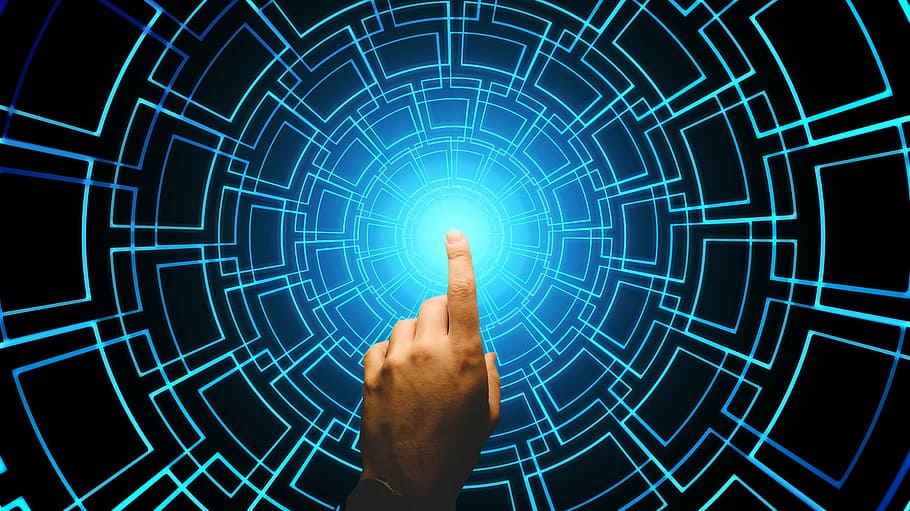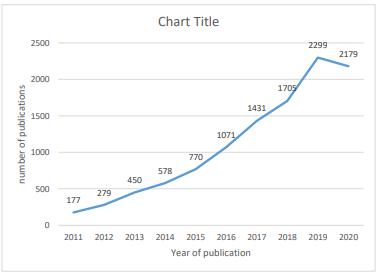 Science progresses, normally, as follows. A phenomenon is observed. A hypothesis is made to explain how or why that phenomenon occurs. The hypothesis is tested with experiments. If the experiments confirm the hypothesis it is accepted. Based on the hypothesis, predictions are made. If the predictions come true, they strengthen the validity of the hypothesis further.
Science progresses, normally, as follows. A phenomenon is observed. A hypothesis is made to explain how or why that phenomenon occurs. The hypothesis is tested with experiments. If the experiments confirm the hypothesis it is accepted. Based on the hypothesis, predictions are made. If the predictions come true, they strengthen the validity of the hypothesis further.
This is the sanitised, ideal description of how science works. However, there are exceptions to this. One glorious example is Maxwell’s equations. Working on some mathematical problem, James Clerk Maxwell created four equations that seemed to explain no known phenomenon – until Heinrich Herz, the German Physicist discovered electromagnetic radiation and found that Maxwell’s equations describe them perfectly. In honour Hertz, the unit for frequency was changed from cycles per second, cps, to Herz, abbreviated as Hz.
In a more recent example, a Chinese-American scientist L. O. Chua looked at the equations1 for the three passive electrical two terminal components – resistor, inductor, and capacitor. He found that there is a symmetry in them and theorised that one equation was missing to complete the symmetry. He created such an equation and called the theoretical component it represented a memristor – a resistor with a memory, as it were. Even though he theorised this in his IEEE paper2 in 1971, a real memristor was not discovered until 2008 – by a team led by Stanley Williams, a researcher and the founding director of the Quantum Science Research Laboratory at Hewlett-Packard.
Even though a practical memristor that one can put in a circuit has not been created yet there is a great interest in the subject and many patents, each of which has some connection to memristors, have been applied for and granted. The graph3 below shows the growth in the number of such patent families.
The major assignees are Hewlett-Packard and Intel
The main CPC groups are
- H01L45 (Solid state devices adapted for rectifying, . . .)
- H01L27 (Devices consisting of a plurality of semiconductor or other solid-state components formed in or on a common substrate)
- G11C13 (Digital stores characterised by the use of storage elements not covered by groups)
This gives us an idea that the thrust of the research is in the areas of developing the basic component itself, integrated circuits comprising the memristors and application of memristors as semiconductor memories.
The use of memristors as memory devices, if successful, is predicted to revolutionise the field. The ratio of the amount of data and the physical volume of the memory device looked like science fiction when the first predictions were made – all the data in the US library of congress in a device with the size of today’s USB drive, was one such. The other prediction was that computers can be booted almost instantaneously, which, for many may feel like a dream come true.
If memristors do achieve their anticipated potential, it illustrates another important fact of progress of science and technology. Pure research conducted without any expectations becomes the backbone of a new technology sooner or later. Thus, pure research needs to be supported by enough funds and by creating the right environment for research. Even if it does not live up to its promise, the research carried out to realise its potential will definitely yield unanticipated results.
Earlier, there have been technologies, during the early stages of which, much was expected. Due to inherent weaknesses of such technologies or superseded by better ones, they have petered out. One example was fluidics. It is going to be interesting to watch the developments in the field of memristors to see what fate awaits it in future.
1 𝑉 = 𝐼𝑅, 𝑉 = 1 𝐶 ∫ 𝑖 𝑑𝑡, 𝑉 = 𝐿 𝑑𝑖 𝑑𝑡 , 𝑉(𝑡) = 𝑀(𝑞(𝑡)) 𝐼(𝑡) are the equations for the voltage across a resistor, capacitor, inductor, and memristor, respectively
2 L. Chua, ” The missing circuit element,” in IEEE Transactions on Circuit Theory, vol. 18, no. 5, pp. 507-519, September 1971, doi: 10.1109/TCT.1971.1083337.
3 The graph is result of a search on Espacenet with the keywords (memristor OR memristors) in all text fields. This was not a comprehensive search and the numbers were extracted only to get a general idea of the trend. Numbers for 2020 till date is 1271. What is shown in the graph is the annualized number.
Article by J L Anil Kumar, Senior Consultant, LexOrbis.
1st published in Lexology.




